In this article we are covering Best National Parks in Canada and its charming beauty you should visit.
Canada is a large country with spectacular natural landscapes. Several national parks have been formed to conserve these natural places and the flora and fauna that inhabit them. These protected areas serve the dual purpose of conservation and tourism.
The splendor and pure environment of Canada’s national parks entice visitors. These parks also provide travelers with a plethora of outdoor activities ranging from extreme adventure sports like as scuba diving and mountain climbing to leisurely recreational options such as fishing, boating, bird-watching, wildlife viewing, and so on.
Canada now has 39 national parks and 8 national park reserves totaling around 328,198 km2. The first national park in Canada was founded in 1885, and each of the country’s ten provinces and three territories today has at least one park.
According to Parks Canada, visitation to the country’s national parks, park reserves, and marine conservation areas totaled 15,898,110 in 2018-19.
Banff National Park in Alberta was Canada’s most visited national park, with 4,089,309 visitors in 2018-19, while Tuktut Nogait National Park in the Northwest Territories was the least frequented, with only 0 visitors.
The following are the ten most visited and five least visited national parks in Canada. Parks Canada provided all of the information.
List Of Best National Parks In Canada
Pacific Rim National Park Reserve
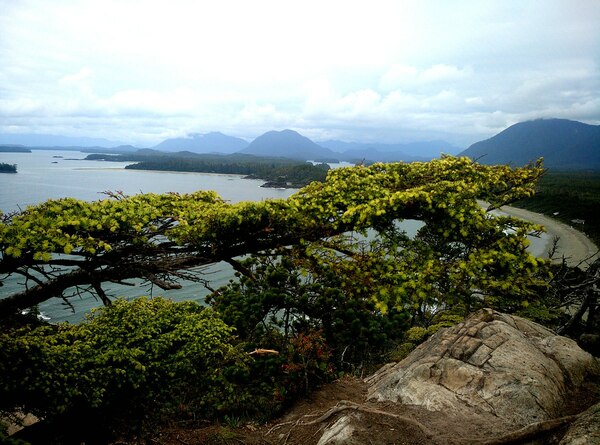
The 511 square km Pacific Rim National Park Reserve in British Columbia is divided into three sections: the West Coast Trail, the Broken Group Islands, and Long Beach. This national park protects the Pacific Coast Mountains ecology.
Temperate woods exist in the area, and the fauna includes marine, intertidal, and terrestrial species. Visitors to the national park enjoy the breathtaking scenery.
Another favorite tourist activity is exploring the wild plants and fauna. Long Beach attracts visitors looking for adventure sports such as sea kayaking, scuba diving, windsurfing, and so on.
Banff National Park
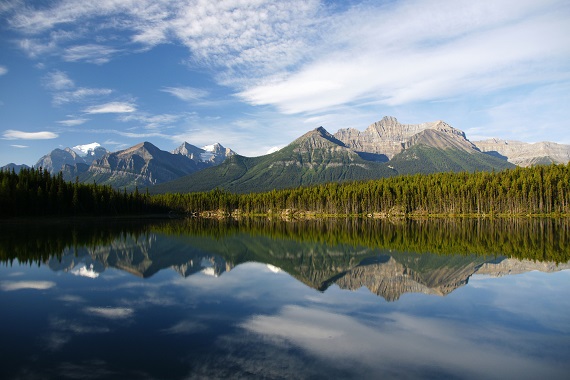
Banff National Park in Alberta, Canada’s oldest national park, is rich in natural resources. This park, established in 1885, is located in the Rocky Mountains region and protects 6,641 square kilometres of picture-perfect natural vistas and pure wilderness.
Tourists visiting Banff can lodge at some of the area’s world-class resorts. Mountain climbing, trekking, kayaking, animal viewing, and other activities are popular among Banff visitors. Banff National Park is the most visited national park in Canada, with 4,089,309 visitors in 2018-19.
The park is home to more than 1,000 species of plants and animals, including grizzly bears, elk, moose, bighorn sheep, and black bears. The park is also home to glaciers, including the Columbia and Athabasca Glaciers.
Saguenay–St. Lawrence Marine Park
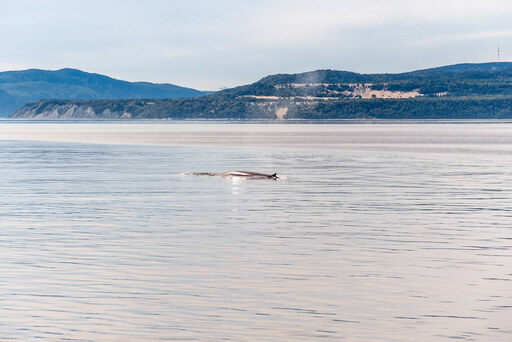
In 1992, the governments of Quebec and Canada signed an agreement to establish the Saguenay-Lac St. Lawrence marine park. The park was established as part of the Great Lakes-St. Lawrence Initiative (GLIS), a partnership between the two countries to protect the Great Lakes and the St. Lawrence River watershed.
Saguenay-St. Lawrence Marine Park is Canada’s third most visited national park, with 1,235,027 visitors in 2018-19. This protected area is located where the Saint Lawrence and Saguenay rivers meet as they flow into the sea.
The mixture of freshwater from rivers and saltwater from the sea creates an excellent environment for whales with a plentiful food source.
The Saguenay-St. Lawrence Marine Park is one of the best places in the world to see whales in their native habitat. In these seas, several Beluga whales breed. Greenland sharks and other marine life can be found here as well.
The Saguenéo-Lac St. Lawrencis Marine Park is the largest protected marine area in North America. It is located in the Gulf of St. Lawrence, covering an area of approximately 1 million hectares.
This vast territory includes the waters of the Gulf of St. Lawrencq, the Bay of Fundy, the Strait of Belle Isle, the Gulf of Maine, and the Bay of Chaleur.
Jasper National Park
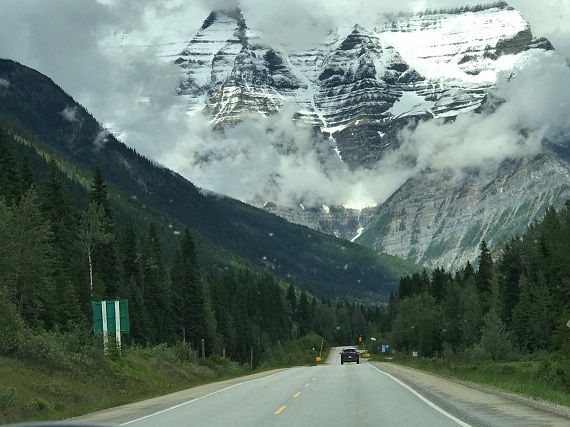
Jasper National Park in Alberta, Canada’s second most visited national park, captivates visitors with its breathtaking vistas. It covers an area of 11,000 square kilometres and contains mountains, glaciers, hot springs, lakes, waterfalls, and forests.
The park is a renowned tourist destination due to its numerous scenic attractions. Some of these attractions are Mount Edith Cavell, the Athabasca Glacier, Miette Hot Springs, Pyramid Lake, and the Tonquin Valley.
Tourists can also enjoy rafting, kayaking, camping, fishing, hiking, and other outdoor activities. Jasper received 2,445,991 tourists in 2018-19, owing to its natural beauty and attractions.
Prince Edward Island National Park
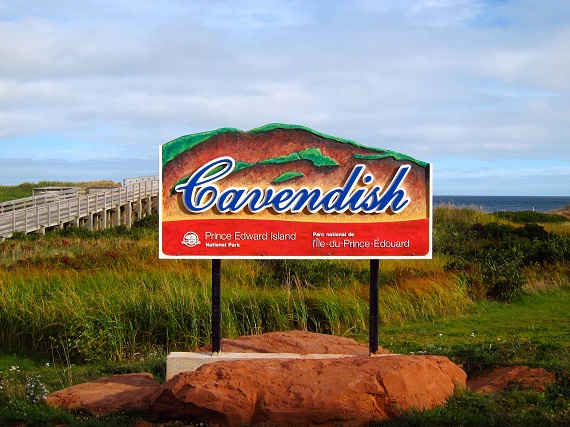
This national park, which shares its name with the province of Prince Edward Island, attracts visitors with its long sandy beaches and freshwater and saltmarsh environments abounding with fauna and intriguing birdlife.
This park’s beaches are protected to serve as a breeding site for the endangered piping plover. This national park attracted 746,521 visitors in 2018-19, making it the country’s eighth most popular national park.
Yoho National Park
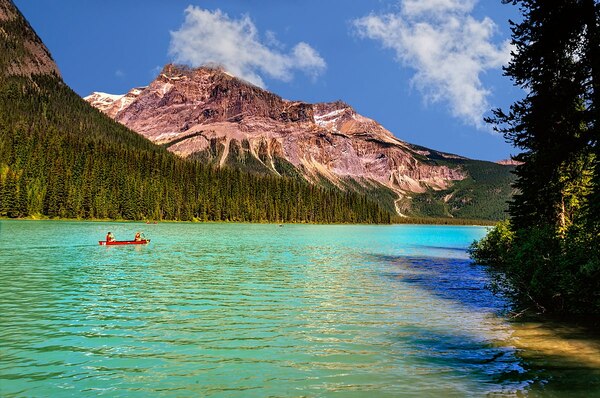
Yoho National Park, Canada’s sixth largest national park, is located in southern British Columbia’s Rocky Mountains. Yoho, which meaning awe in the indigenous Cree language, is an excellent word for the emotion felt by visitors to the national park.
The terrain of this park is characterized by massive ice fields and some of the highest peaks in the Canadian Rockies. Yoho has a total area of 1,313 square kilometres. It is home to a wide range of wildlife, including mule deer, timber wolves, golden-mantled ground squirrels, American black bears, lynx, and grizzly bears.
Mount Revelstoke National Park And Glacier National Park
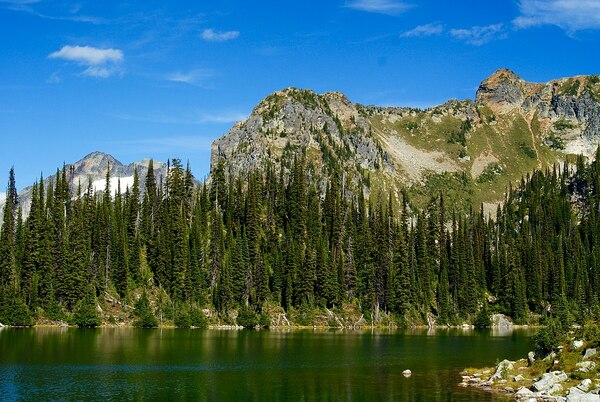
Mount Revelstoke and Glacier National Parks are located in British Columbia, close to each other. The former is merely 260 square kilometres in size, whereas the latter is 1349 square kilometres in size. In 2018-19, these parks drew a total of 776,919 visitors.
These national parks, like most other natural regions in British Columbia, are known for their breathtaking scenery and diverse fauna, which includes grizzly bears, black bears, woodland caribou, coyotes, mountain goats, moose, martens, and more.
Many routes wind through Mount Revelstoke, allowing visitors to explore its enigmatic interiors. There are also 140 kilometres of designated hiking paths in Glacier National Park. The most daring nature enthusiasts like backcountry camping.
In 2011, Jasper National Park was awarded as Dark Sky Preserve by the Royal Astronomical Society in Canada and every Year in October, Jasper Dark Sky Festival is conducted and various events are being held at various locations throughout Jasper National Park.
Kootenay National Park
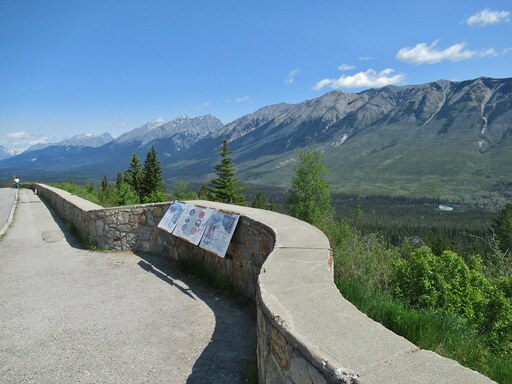
This British Columbia national park is a UNESCO World Heritage Site that spans 1,406 square kilometres. This park includes the Park and Kootenay mountain ranges of the Canadian Rockies. The Vermilion River is the most important river in the area.
The park’s elevation ranges from 918 m to 3,424 m. The Kootenay Mountains’ rocky mountain peaks, alpine meadows, waterfalls, lakes, huge karst cave systems, glaciers, and deep canyons make it a region of great natural beauty. As a result, it receives millions of visitors each year.
Waterton Lakes National Park
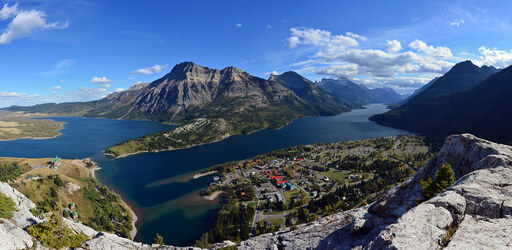
Waterton Lakes National Park, located in southwest Alberta, is the ninth most visited national park in Canada. It is situated at the crossroads of the grasslands and the Rocky Mountains. It has a land area of 505 square kilometres and elevations ranging from 1,290 to 2,910 metres. Several scenic routes, such as the Crypt Lake trail, can be found here.
Fathom Five National Marine Park
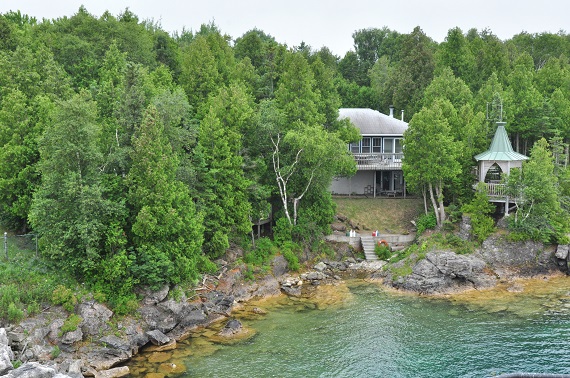
Fathom Five, located in Ontario, is the tenth most visited national park in Canada. The environment contains 420 million year old dolomite limestone outcrops towering across the dazzling blue waters of Lake Huron, one of North America’s five Great Lakes.
Nature treks through the park’s cliff-edge woodlands are popular, as is diving in the lake to see the countless shipwrecks at its bottom. The park is especially famous for its rare orchid species and Flowerpot Island.
